Bees are nature’s master craftsmen, creating one of the most cherished natural products known to mankind: honey. But have you ever wondered how these tiny insects produce this golden elixir? The process is both fascinating and complex, reflecting the bees’ incredible work ethic and efficiency.
How Do Bees Make Honey Step By Step?
The journey from flower to honeycomb is a multi-step process involving teamwork and precision. It all starts when worker bees leave the hive in search of nectar, the sweet liquid produced by plants. Once a bee finds a nectar-rich flower, it uses its long, tube-shaped tongue to extract the liquid and stores it in its honey stomach.
Back at the hive, the nectar undergoes a transformation, thanks to enzymes in the bees’ stomachs which break down complex sugars into simpler ones. This process, known as inversion, turns the nectar into a more digestible form for the bees.
Worker bees then pass the nectar from one to another, further reducing the water content and adding more enzymes. They eventually deposit the thickened nectar into the honeycomb cells. Bees then fan the nectar with their wings to evaporate excess water, thickening it into honey.
Once the honey is the right consistency, bees seal the cell with a wax cap, preserving it for future use. This cap keeps the honey protected from air and moisture, which helps maintain its quality.
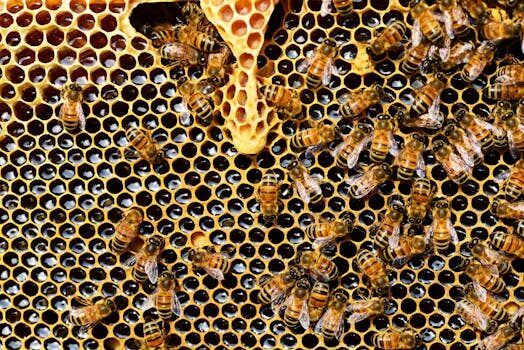
What Is Honey Made Of?
Honey, a natural sweetener, is primarily composed of two simple sugars: glucose and fructose. About 18-20% of honey is water, and it also contains small amounts of vitamins, minerals, pollen, and protein. The exact composition of honey can vary depending on the types of flowers the bees visit.
The presence of enzymes, particularly invertase, glucose oxidase, and catalase, play a critical role in the honey-making process. These enzymes not only convert sugars but also help to break down other substances, making honey a potent source of antioxidants and giving it its antibacterial properties.
How Do Bees Make Honeycomb?
The honeycomb structure is an engineering marvel, and bees create it using beeswax. Worker bees have special glands on their abdomen that secrete the wax. When the wax is exposed to the air, it hardens into the familiar hexagonal patterns.
The hexagon shape is not coincidental; it’s the most efficient shape for storage space and requires the least amount of wax to construct, a perfect example of the bees’ optimization instincts.
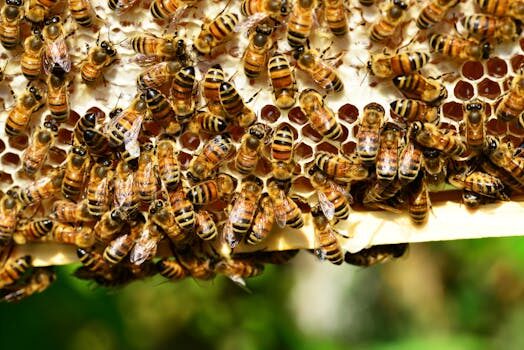
Is Honey Made From Bee Vomit?
This is a common question, and it stems from the fact that bees do indeed regurgitate nectar to make honey. However, referring to it as vomit is a bit of a misnomer. The honey stomach, where nectar is stored and processed, is separate from the bee’s digestive stomach. So, while it is regurgitated, it is not the same as what humans consider vomit.
How Do Bees Make Wax?
Beyond honey, bees also produce wax as a by-product of their honey-making process. Worker bees consume honey and then convert the sugars into wax through a series of glands on their bellies. The wax is then chewed and molded into the honeycomb structure.
How Do Bees Make Honey For Kids?
Explaining this process to children can be both educational and fun. You might say that bees are like little chefs who collect sweet juice from flowers and bring it to their kitchen—the hive. There, they work together to cook up the juice by getting rid of the water, making it super sweet and sticky to save for when they get hungry.
Do Bees Eat Honey?
Yes, bees eat honey. It’s their primary source of energy and food, especially during winter, when foraging for nectar is not possible. The honey provides essential nutrients that sustain the hive through the cold months.
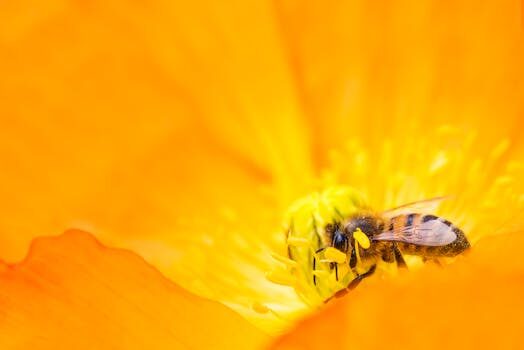
Preguntas relacionadas sobre el proceso de las abejas para hacer miel
How Does a Bee Make Honey?
Bees make honey by collecting nectar from flowers and bringing it back to the hive. There, they pass the nectar between themselves and reduce the water content, creating honey.
The honey is then stored in the cells of the honeycomb, where it is used as food for the bees during times when nectar is not readily available.
Where Does Honey Come Out of the Bee?
Honey is stored and transported in a bee’s honey stomach. When they return to the hive, bees regurgitate the nectar into the mouths of house bees, who then process it into honey.
Can You Eat 20 Year Old Honey?
Honey is known for its incredible shelf-life. When stored properly, it can remain edible for decades, so yes, you can eat 20-year-old honey if it has been stored away from moisture and in a sealed container.
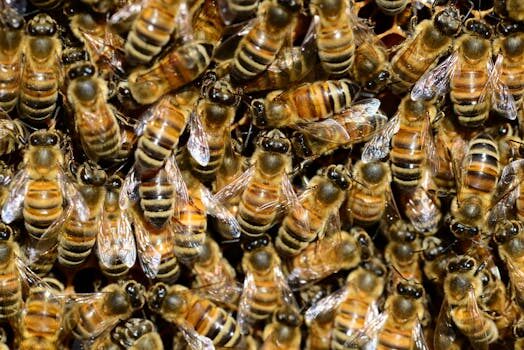
Do Bees Use Their Mouths to Make Honey?
Bees use their mouths to collect nectar and then to transfer the nectar to other bees in the hive and to deposit it into the honeycomb. They also use their mouths to add enzymes to the nectar, which is an essential part of the honey-making process.
Learning about the intricate processes of how bees make honey offers us a glimpse into the wonder of nature. To enhance our understanding, let’s view a video that captures this remarkable journey.
In conclusion, honey production is an extraordinary process that showcases the efficiency and teamwork of bees. It also underscores the importance of preserving bee populations and their natural habitats, as they play a crucial role in our ecosystem and food supply. By understanding and appreciating the hard work that goes into each jar of honey, we can develop a deeper respect for these tiny, yet mighty creatures.
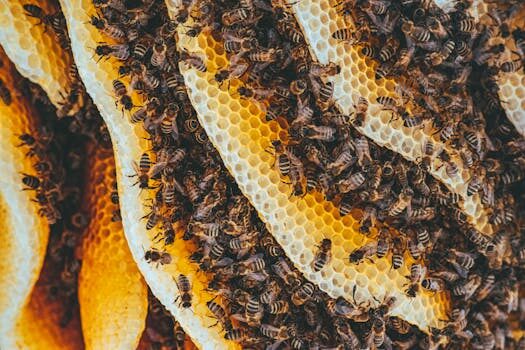
 Detox your wardrobe: natural clothing materials + laundry tips to keep toxins off your skin
Detox your wardrobe: natural clothing materials + laundry tips to keep toxins off your skin
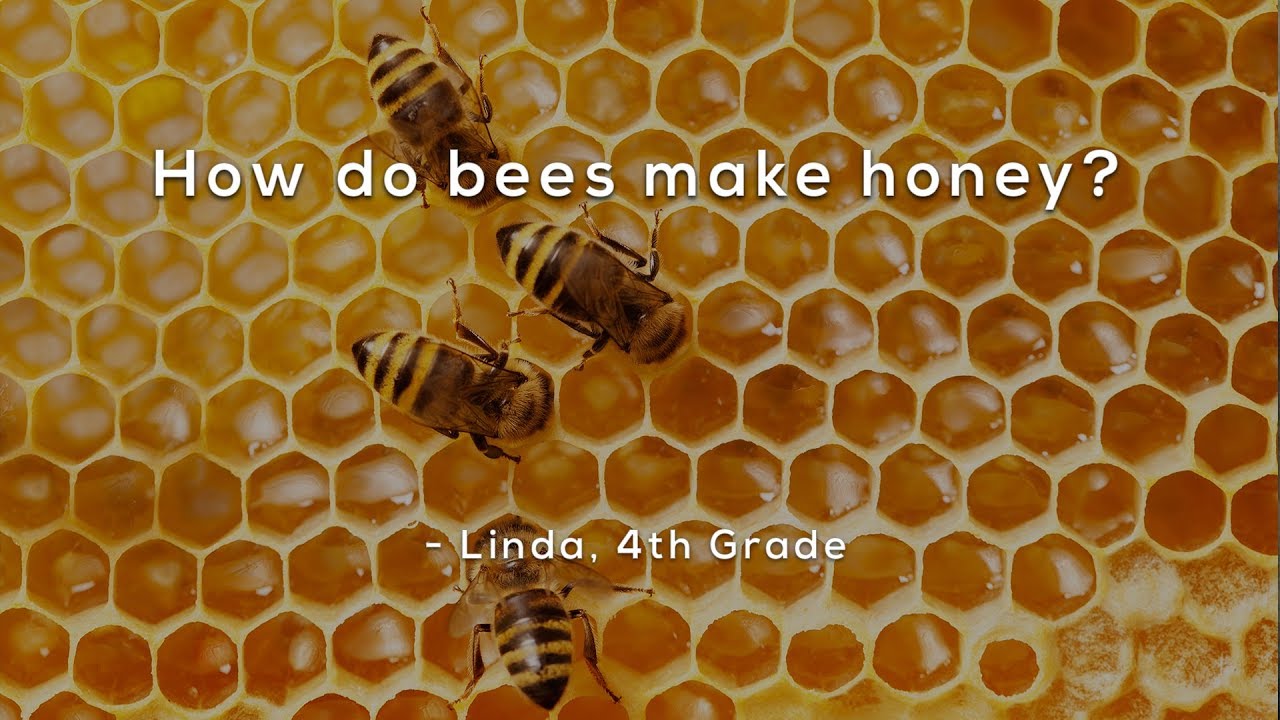


This was such an insightful read! I had no idea how much effort and teamwork goes into making honey. The bees’ process of enzyme magic and evaporation is like a little science lab in action. It’s amazing to think about how something so small can have such a big impact on our world. Thanks for breaking it down so clearly—definitely makes me appreciate that spoonful of honey even more!